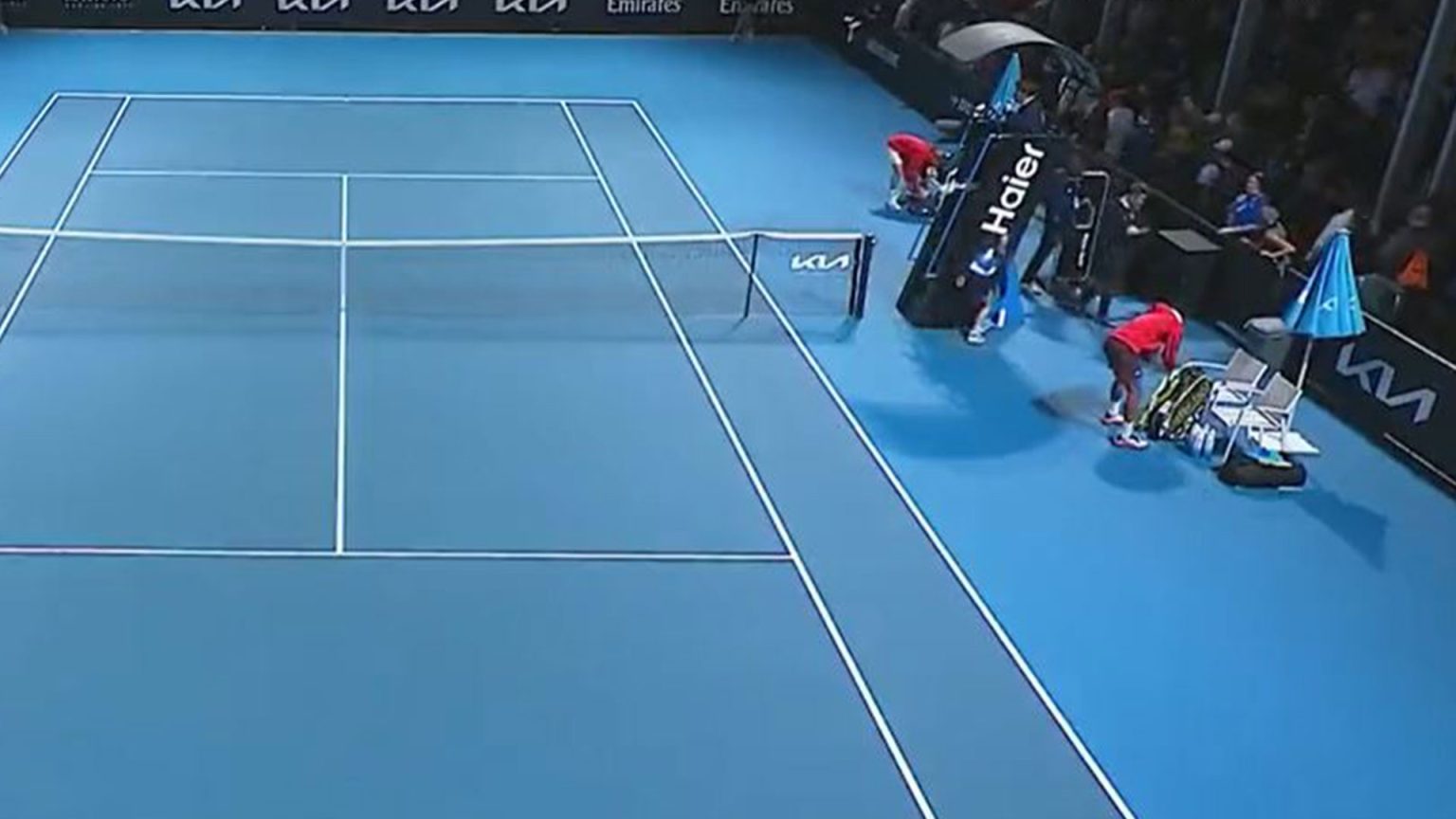A Night to Remember: Disruption at the Australian Open
On a warm Wednesday night at the Australian Open, a clash between No.29 men’s seed Felix Auger-Aliassime and Alejandro Davidovich Fokina took an unexpected turn. The players were just 42 minutes into their second-round match when the entire event had to be suspended and relocated. The culprit? Rowdy fans on the nearby Court 6, which is often referred to as the "party court" due to its proximity to one of the tournament’s many social hubs, including a two-story bar that overlooks the court. The atmosphere was electric, but not in a way that was conducive to the players’ concentration. French and British fans were loudly cheering for their respective players during Arthur Cazaux’s match against Jacob Fearnley, creating a chaotic environment that made it impossible for Auger-Aliassime and Davidovich Fokina to continue their game without significant interruptions.
The Decision to Move
As the disruption became more and more intense, the umpire and supervisors on Court 8 made the difficult decision to suspend the match and move it to Court 7. At the net, Auger-Aliassime and Davidovich Fokina, known for their competitive spirit, paused to discuss the situation. Both players, despite the inconvenience, showed a remarkable level of professionalism and understanding. The umpire then made an announcement, much to the disappointment of the audience: "Ladies and gentlemen, the match is now suspended on this court. We move to court 7 in just a few minutes." The fans, who had been enjoying the vibrant atmosphere, were understandably disgruntled, but the players and officials moved swiftly to ensure the match could resume with minimal delay.
Court 6: The Party Court
Court 6 has a well-deserved reputation for being one of the liveliest venues at the Australian Open. Its close proximity to one of the bars, and particularly a two-story bar, creates a unique atmosphere that often feels more like a Davis Cup match than a regular tournament game. The fans, known for their passionate and sometimes boisterous support, were in full swing during the match between Arthur Cazaux and Jacob Fearnley. The cheers and chants of the crowd were so loud that they not only disrupted Auger-Aliassid Dame anvidovich Fokina but also threatened to overshadow the match itself. This incident is a testament to the high energy and sometimes overzealous nature of the tennis fans at the Australian Open, but it also highlights the challenges that players and officials face in maintaining a fair and focused playing environment.
A Challenge for Players and Officials
The move to Court 7 was not just a logistical challenge but also a mental one for the players. After 42 minutes of play, Auger-Aliassime and Davidovich Fokina had to pause, collect their belongings, and potentially reset their mental and physical states. The transition was seamless, and both players managed to re-focus, with Davidovich Fokina serving at 3-4 in a tiebreak when the match resumed. Canadian Auger-Aliassime, known for his resilience and skill, went on to win the first two sets via tiebreak. However, the disruption seemed to have a lasting impact as he ultimately lost the match, falling to a 3-2 defeat as Davidovich Fokina claimed the final three sets 6-4, 6-1, 6-3. The incident underscores the importance of a controlled and respectful audience for the players to perform at their best.
The French-British Clash on Court 6
Meanwhile, on Court 6, Arthur Cazaux and Jacob Fearnley were in the midst of their own intense battle. The match was characterized by a Davis Cup-like atmosphere, with French and British fans loudly cheering for their favorites. Despite the initial energy and support, Cazaux, the French player, managed to win the first set. However, Fearnley, the Scot, made a remarkable comeback, winning the match in four sets and securing his first-ever third-round appearance at a Major. This victory was particularly sweet for Fearnley, who had already knocked out home favorite Nick Kyrgios in the first round. The win not only demonstrated Fearnley’s prowess but also highlighted the unpredictable and often dramatic nature of tennis at the Australian Open.
The Broader Impact of Fan Behavior
The rowdy fan behavior on Court 6 is not a new phenomenon. In 2024, Frenchman Arthur Rinderknech labeled the court a "nightclub" after enduring taunts during his game. Such incidents raise important questions about the balance between creating a fun and engaging atmosphere for fans and ensuring a fair and focused environment for the players. While the Australian Open prides itself on its festive and inclusive atmosphere, this particular night served as a reminder that there are limits to fan enthusiasm. The organizers and officials will need to find ways to manage the crowd’s energy more effectively in the future to prevent similar disruptions. For now, the players and the fans alike will remember this night for its unique blend of excitement and chaos.











